-
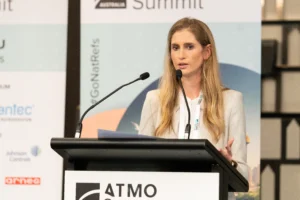
Augmented heat recovery for transcritical CO2 refrigeration systems
-
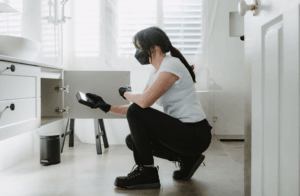
Insights from a mould inspector
Ecolibrium speaks with Jess Ward, whose experience with mould-related illness led to an extraordinary career change.
-
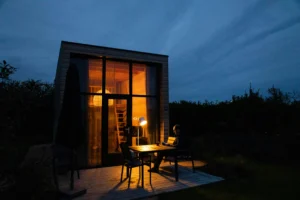
The big impact of tiny living
Australians own and use an excessive amount of floor space compared to other countries. Laura Timberlake explores how going small can have big benefits for thermal performance, heating and cooling costs, and the embodied carbon of residential buildings.
-
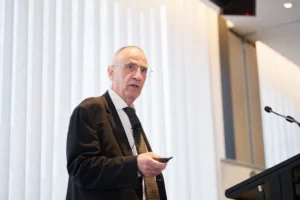
The evolving impacts of refrigerants over time
Living with the legacy of Thomas Midgley Jr By Alexander Cohr Pachai, AM.AIRAH
-

Building confidence in performance prediction
Team Catalyst Director PC Thomas makes the case for an accreditation scheme for professionals working in building performance simulation.
-
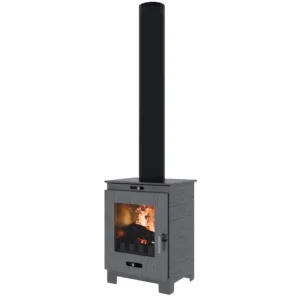
Where there’s smoke …
New research by the University of Tasmania’s Centre for Safe Air estimates that smoke from wood heaters causes hundreds – if not thousands – of premature deaths in Australia every year.
-
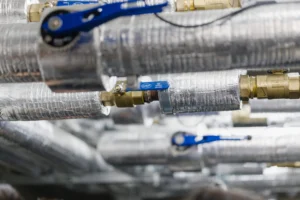
HVAC design just got more sustainable
AIRAH’s Professional Diploma in Sustainable HVAC Design and Operation is accepting new applicants.
-

Electrifying the harbour city
Muhammad Ali from energy consultancy Arcadis Australia Pacific explains how Sydney could soon generate 75% of its energy needs from local renewable sources.
-
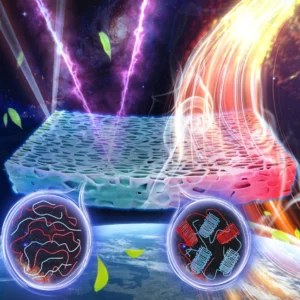
Meet this cool new (meta)film star
Ecolibrium speaks to Yangzhe Hou, part of a research team that recently developed a bioplastic metafilm with fascinating cooling properties.
-
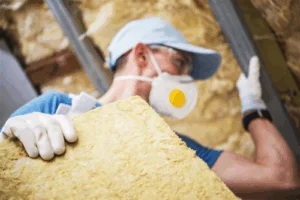
VEU to provide insulation rebates
The Victorian government has announced that it will subsidise residential ceiling insulation through the Victorian Energy Upgrades (VEU) program from 2026.
-
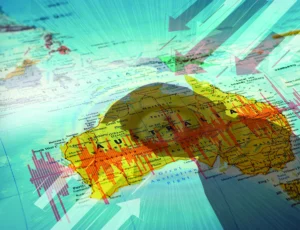
Shadow of doubt
Donald Trump’s return to office has had a seismic effect on global markets and muddied the pathway to net zero emissions. Will the Australian HVAC&R industry feel the aftershocks?
-

Spectacular conversion
Cutting-edge HVAC and BMS design played a huge role in the Canberra Raiders’ redevelopment of their spiritual home at Northbourne Oval. Here’s how the state-of-the-art project unfolded.
-
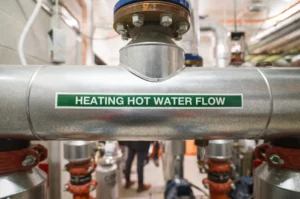
Innovative space cooling and heating using an R744 heat pump: a comparative study
This paper by Alemu Tiruneh Alemu, M.AIRAH, and Julian Hudson, M.AIRAH, explores sustainable HVAC solutions by focusing on electrifying heating with heat pumps and operational cooling and heating efficiencies.
-
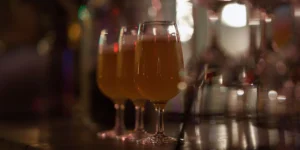
Three cheers!
The electrification of 3 Ravens brewery in Melbourne could serve as a blueprint for other craft operations, as Nick Johns-Wickberg discovers.
-
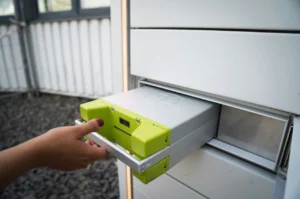
How to make money from batteries
Craig Roussac from Buildings Alive looks at what investing in batteries can mean for building owners in Australia.
-
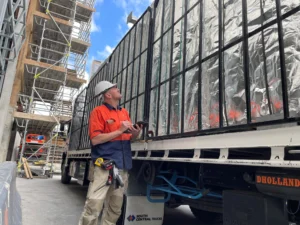
The road to certification
Dan Hadley examines what’s required to meet the International Organization for Standardization’s ISO 14001:2015 – environmental management systems in construction, using Watson Fitzgerald & Associates as a case study.
-
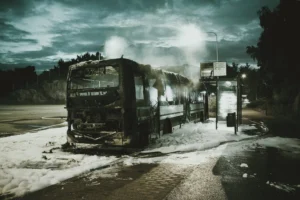
It’s time to talk about the F-word
Fluorinated “forever chemicals” such as PFAS and TFA are at the centre of global health concerns. Laura Timberlake investigates the HVAC&R industry’s role in addressing the issue.
-
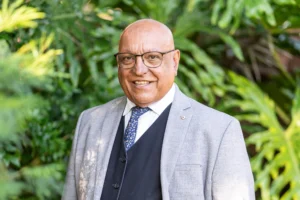
The invisible enemy
When Ashak Nathwani arrived in Australia from Uganda in 1972 with 20 cents to his name, little did he imagine how much he would achieve in his life. Laura Timberlake reviews his recently released book and explores his astonishing career.
-
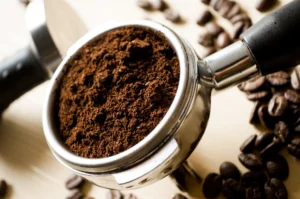
Coffee grounds fuel sustainable roads
Researchers at RMIT University have developed an innovative technique that can make concrete 30 per cent stronger by turning waste coffee grounds into biochar. Laura Timberlake explores how the researchers are applying the innovation in the real world.
-
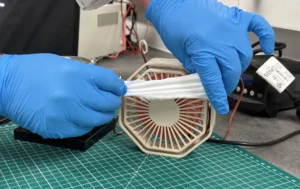
Could static power AC?
Researchers at RMIT have created an invention from waste polystyrene that generates static electricity from motion and wind.